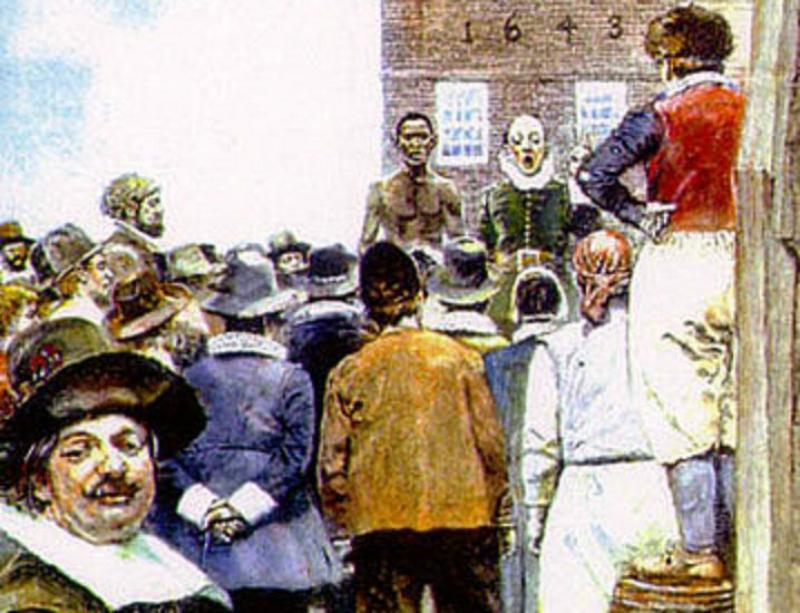
Slavery was introduced in New York City in 1626, less than two years after Dutch settlers first arrived on Manhattan. Between 1711 and 1762, thousands of enslaved people were brought to the city and sold at a slave market on the corner of Wall and Pearl Streets. And as late as 1800, several New York state senators still owned slaves.
But it wasn't until 2015 that a marker went up on Wall Street acknowledging the city's slave market.
Now comes another step in uncovering the city's secrets: The John Jay College of Criminal Justice has created the New York Slavery Records Index, an online database of slaves and those who owned them, based on census records, slave transactions, birth certificates and other records. The college says the index is intended to further deepen the public's understanding of slavery's entrenched role in New York's social, political and economic history.
The database includes 30,000 records of the names of slave owners across the state, 550 ads calling for the capture and return of enslaved people, and the names of state senators who owned slaves in 1790 and 1800.
John Jay himself, a New York governor and the nation's first Supreme Court justice, owned at least 17 slaves, according to the college, though he was also a persistent advocate for the abolition of slavery.
The index also hosts 1,400 birth certificates of enslaved people, and dozens of accounts of people who escaped the South via the Underground Railroad and sought refuge in New York.
